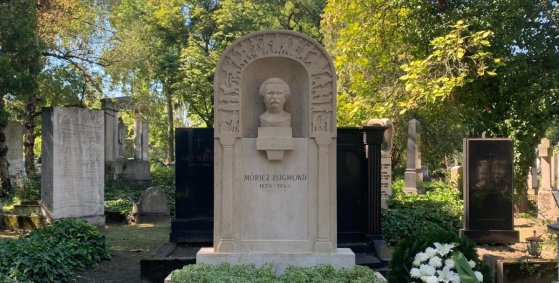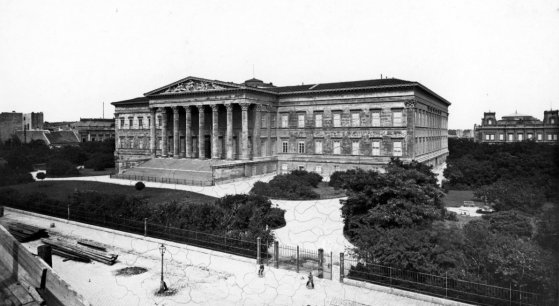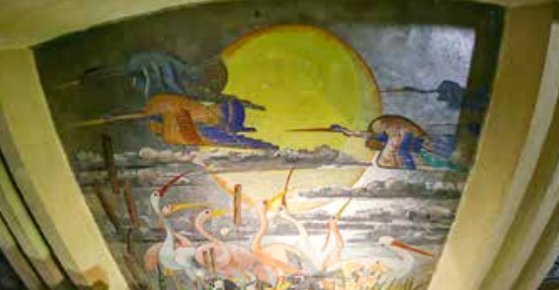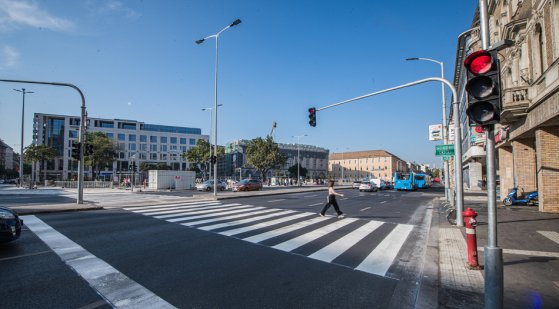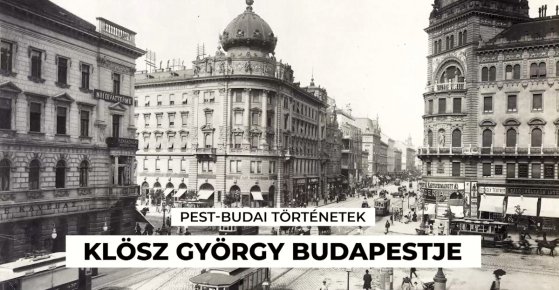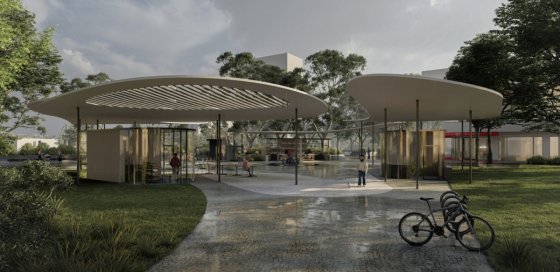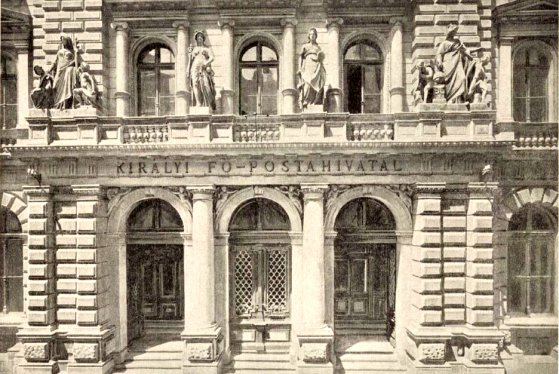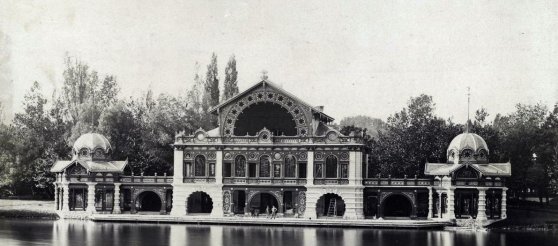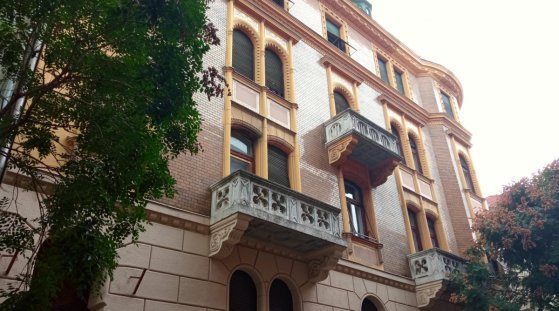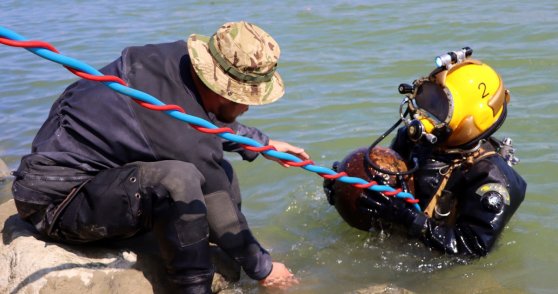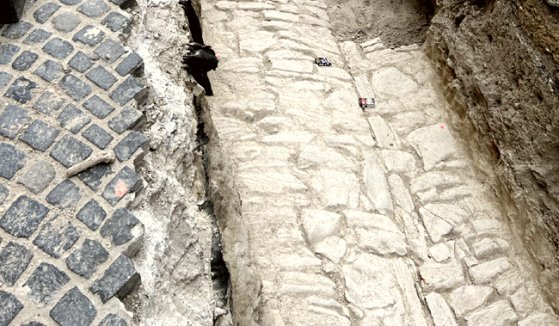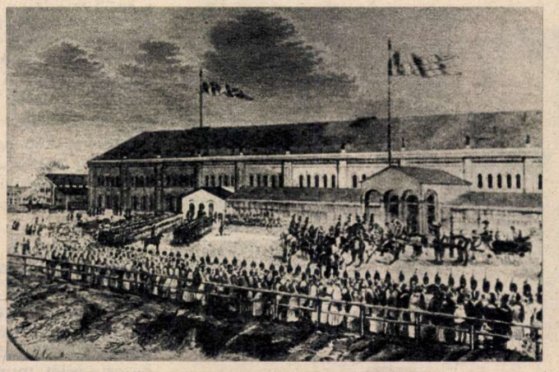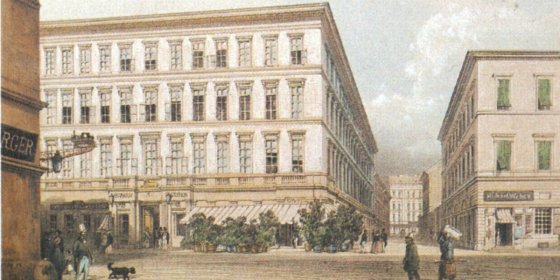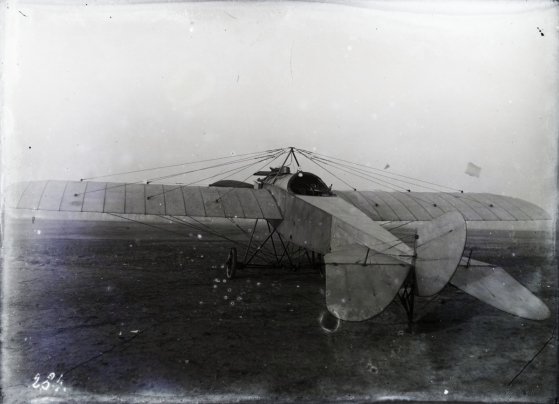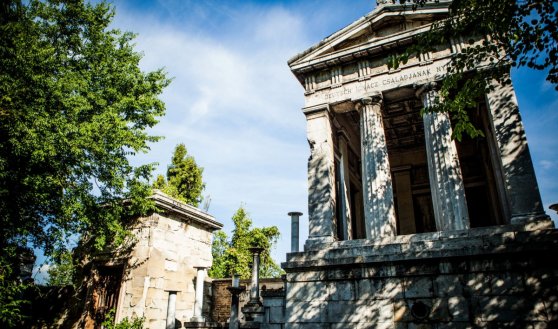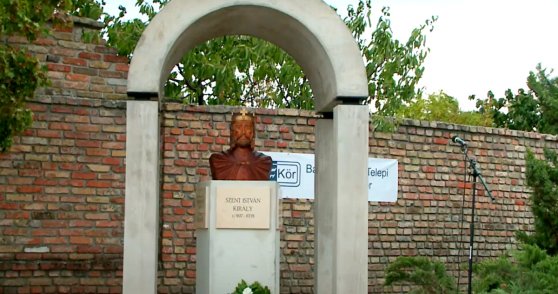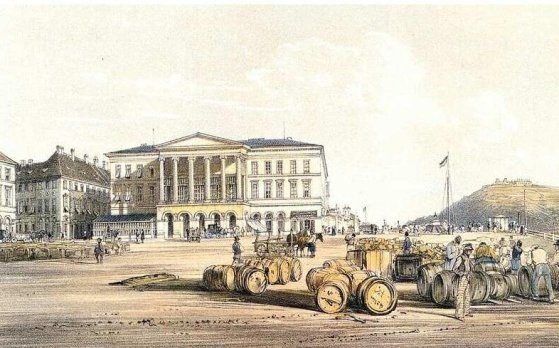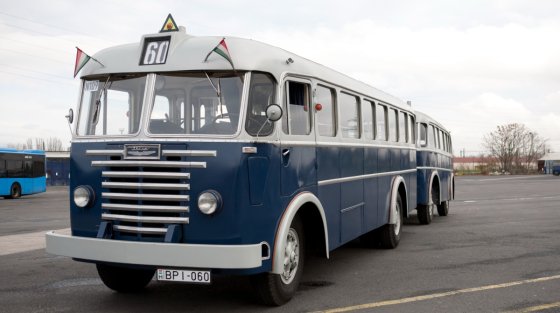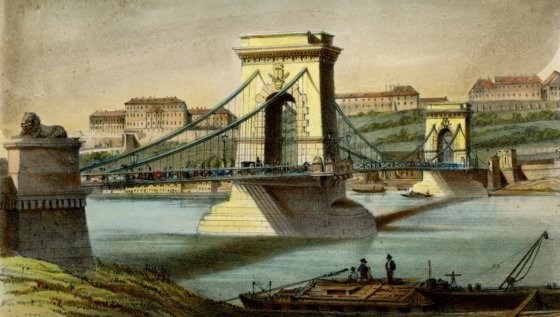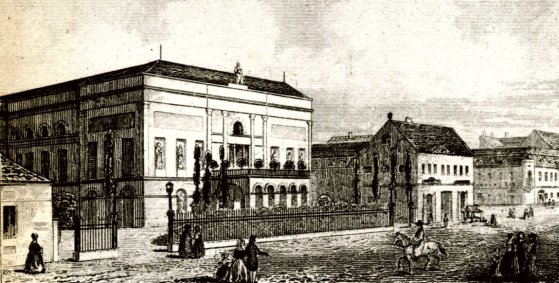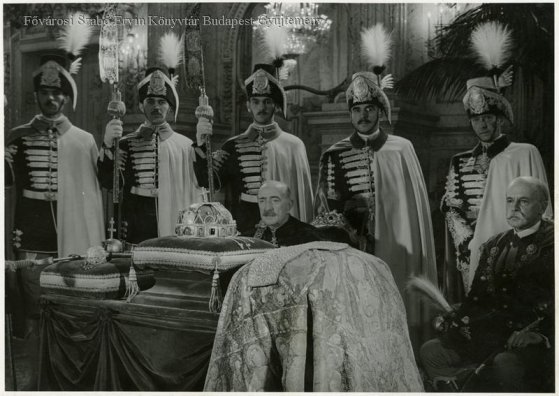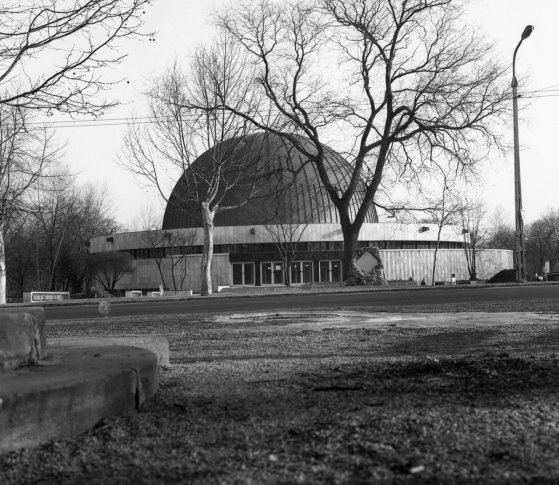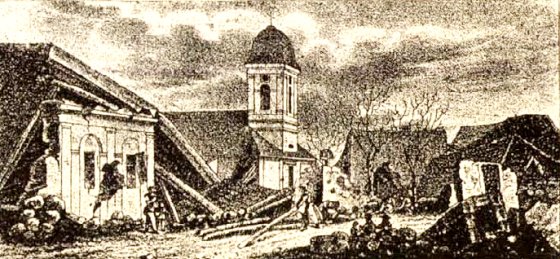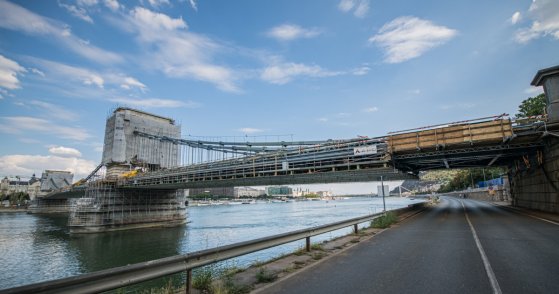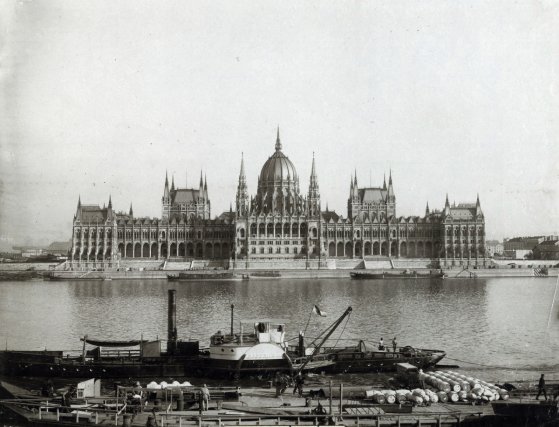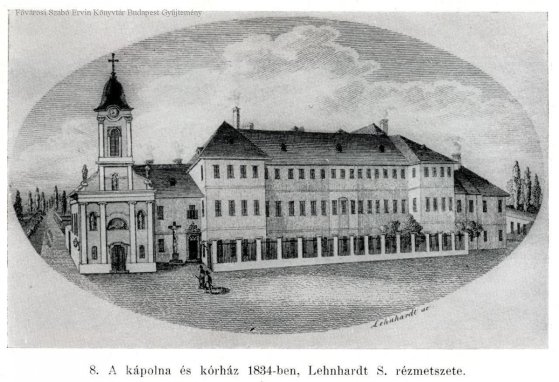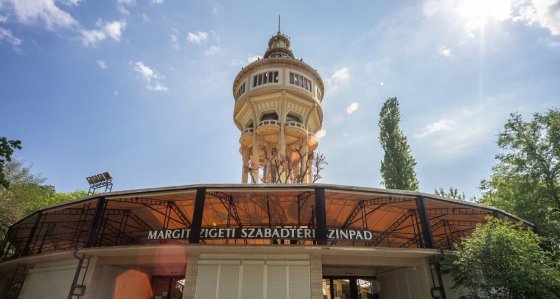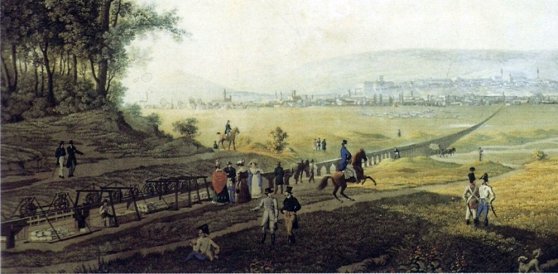 The „intertwined history” of the bridges and the city of Budapest
Which ideas and events have shaped the fate of bridges of Budapest and the cityscape? Alongside many other interesting facts, this question is also answered this newly published book by the Budapest City Archives, which introduces the history of bridges in Budapest.
The „intertwined history” of the bridges and the city of Budapest
Which ideas and events have shaped the fate of bridges of Budapest and the cityscape? Alongside many other interesting facts, this question is also answered this newly published book by the Budapest City Archives, which introduces the history of bridges in Budapest.
PestBuda
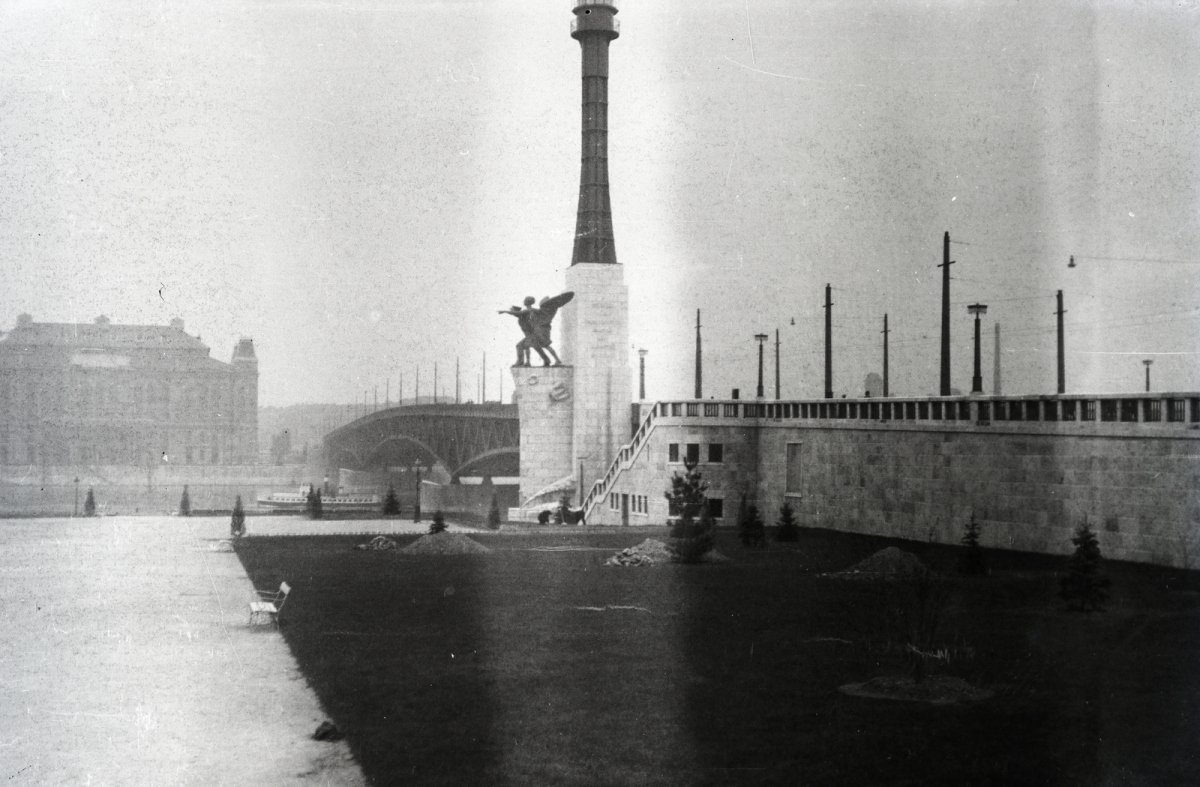 Horthy Miklós Bridge was built eighty-five years ago - After the post-war reconstruction, it became Petőfi Bridge
Horthy Miklós Bridge was built eighty-five years ago - After the post-war reconstruction, it became Petőfi Bridge
September 10, 2022 at 10:00 AM
The Petőfi Bridge is perhaps the least known bridge in inner city Budapest. It is not a spectacular creation, it is not photographed by visiting tourists, but still, from a traffic point of view, it is one of the most important crossings in the city. The bridge was handed over 85 years ago, on 12 September 1937, back then it was called Horthy Miklós Bridge.
Zsigmond Móricz was remembered in the Fiumei Road Cemetery
September 9, 2022 at 9:00 PM
Zsigmond Móricz died on 5 September 1942, at the age of 63. On the occasion of the 80th anniversary of his death, a memorial service was held in the Fiumei Road Cemetery. His tombstone, which was created by his good friend Ferenc Medgyessy, a Kossuth Prize-winning sculptor, was also renovated for the anniversary.
He was called the cultural pope of dualism - Ferenc Pulszky died 125 years ago
September 9, 2022 at 10:30 AM
Ferenc Pulszky was the director of the Hungarian National Museum for a quarter of a century, and there he assisted the founding of other museums created during that period. But Ferenc Pulszky was much more than perhaps the most significant director of the Hungarian National Museum, he was the "culture pope" of dualism.
The renovation of the fresco depicting the biblical story of creation in the church in Városmajor has been completed
September 8, 2022 at 5:00 PM
The restoration of the monumental Vilmos Aba-Novák fresco depicting the seven days of creation in the church in Városmajor has been completed. The 160-square-metre fresco consists of seven large pictures of creation and 42 small pictures with biblical themes. Now the part depicting the seventh day can be seen on the ceiling in its original beauty as well.
The newest pedestrian crossing at Blaha Lujza Square was handed over
September 8, 2022 at 2:00 PM
The intersection of Rákóczi Road and Outer Ring Road can now be crossed freely on the surface in all directions, as the third new pedestrian crossing at the Blaha Lujza Square junction has been completed. The pedestrian crossing is located on Rákóczi Road, on the Erzsébet Bridge side.
Time travel with György Klösz who photographed old Budapest for decades
September 7, 2022 at 4:00 PM
Thanks to his legacy as a photographer, we get a detailed picture of the state of Budapest after the unification, the structure and construction of the city, the old houses, the decoration of the buildings, the people appearing on the streets, their clothing, their lifestyle, and the everyday life of the Hungarian capital. The cityscapes of György Klösz are objective, yet they provide a special aesthetic experience, without them, we would look at the Budapest of the time in a completely different way. We visited the locations captured by him with Pestbuda's photographer and present them on video (in Hungarian).
Design renders of the Ecseri Road metro station and its surroundings
September 7, 2022 at 2:00 PM
The winning tender was selected, based on which the Ecseri Road metro station and its surroundings will be renovated. The design renders show that there will be pavilions with glass walls and new plants. The surface arrangement of the metro station is expected to begin in the spring of 2023.
Two floors were built on it, but the historic building of the city centre Main Post Office still stands empty
September 6, 2022 at 3:00 PM
Almost 150 years ago, in 1873, the imposing building of the Royal Hungarian Main Post Office was completed in the city centre. The floor plan and cost plan of the postal palace bounded by three streets were prepared by Henrik Koch, and the plans for the glass roof of the inner courtyard were prepared by Antal Szkalnitzky. The historic building bordered by Petőfi Sándor, Párizsi and Városház Streets was also privately owned, and they wanted to turn it into a hotel more than ten years ago, but the former Main Post Office is still unused today.
The first efforts of a genius - Ödön Lechner's early buildings
September 4, 2022 at 11:00 AM
Ödön Lechner became really famous for the Hungarian architectural design language, which he began to use from the last decade of the 19th century. However, his career as a designer started much earlier, at the very beginning of the 1870s, and he had a nice upward curve: one hundred and fifty years ago, several buildings were realized at the same time according to his ideas, although not yet in the style that would later become characteristic. We present some of them below.
110-year-old jewel-box in Bokréta Street - Home of a car manufacturing dynasty
September 3, 2022 at 2:30 PM
On the corner of Tűzoltó Street and Bokréta Street in Ferencváros, there is an eye-catching residential building. Passers-by often stop to take a closer look at its building ceramics, its carefully and artistically carved gate or the small corner tower that decorates its dome. The house was once the home of the internationally famous Zupka carriage manufacturer and then vehicle body builder family, and it was built right next to the factory in 1912. On the site of the assembly plant, a modern residential building stands in Tűzoltó Street, but the former family home designed by the architect János Bach has fortunately been preserved for posterity.
A more than 300-year-old cannonball was found between the Chain Bridge and the Erzsébet Bridge in the Danube
September 3, 2022 at 10:00 AM
A 17th-century mortar ball was brought to the surface by the bomb-disposal experts from the bed between the Danube Chain Bridge and Erzsébet Bridge. The cannonball with a diameter of 30 centimetres did not contain any pyrotechnic material. The special find may have been dormant in the river since the siege of Buda in 1686.
Archaeologists have found the road of the Buda Castle from Sigismund-era
September 2, 2022 at 6:00 PM
A large section of a road from the time of Sigismund of Luxembourg, dating from the beginning of the 15th century, was excavated by the staff of the Budapest History Museum at the Buda Castle, in the area below the Savoy Terrace. Medieval and early modern layers can also be observed on the excavated road section.
The railway line from Pest to Szolnok was opened 175 years ago
September 2, 2022 at 9:00 AM
In addition to travel from Pest to Vác by rail, it was made possible to reach Szolnok, as the new line was opened 175 years ago. This date is less well-known than 1846, which is known incorrectly as the opening of the first Hungarian railway but "only" the first steam-hauled railway line was opened then. The opening of the Szolnok line on 1 September 1847 was at least as important because of this, Pest's central role in trade strengthened.
Tigris Szálló - one of the most elegant hostels in Pest of its time was downgraded to a residential house
August 28, 2022 at 11:37 AM
One of the most elegant hotels in Pest was the Tigris Szálló ('Hotel Tiger'), designed by József Hild at 5 Nádor Street - 10 Mérleg Street in the 5th District in the middle of the 19th century. Its coffee house and restaurant were also notable, for a while the editorial office of the Pesti Hírlap led by Lajos Kossuth operated in the building, but reading evenings and classical music concerts were also held here for the eminent, cultured public. The building was significantly remodelled in 1901-1902, perhaps even downgraded a little, but even today it is still considered one of József Hild's best public buildings.
Air Parade in 1912 - When people had to pay to see the air show
August 27, 2022 at 11:32 AM
The air parade on 20 August of this year was cancelled, although the air shows on St. Stephen's Day now have a history of 110 years in Budapest. The first air show on 20 August was held in 1912, with the same purpose as today: to demonstrate the skills of the pilot and to show the capabilities of the aircraft. People had to pay for the big and spectacular event at the time, but it turned out afterwards that the spectators would have expected more for their money.
Secrets of the Salgótarjáni Street Jewish Cemetery
August 26, 2022 at 6:30 PM
One of the most unique cemeteries in Hungary, the Salgótarjáni Street Jewish Cemetery in Budapest was opened in 1874, adjacent to today's Fiumei Street Cemetery. Many grave monuments combine elements of Jewish symbols and Hungarian folk motifs. Most of the mausoleums serving as the final resting place of the elite of Pest's Jews were designed by Sándor Fellner and Zsigmond Quittner. Anyone can see them on 4 September.
A statue of St. István was inaugurated in the 22nd district
August 25, 2022 at 3:30 PM
On 20 August, the bust of King Saint István in the Gábor Baross settlement in the 22nd district was inaugurated. A structure was also erected around the wooden creation. The new monument was placed at the Ispiláng street bus terminal.
The establishment of the Pest Casino
August 25, 2022 at 11:28 AM
One of István Széchenyi's first creations was the Pest Casino, which was a kind of leisure club with cultural and economic development goals. The Pest Casino was opened 195 years ago, on 20 August 1827.
Special Ikarus buses can be seen at the Transport Museum during the weekend
August 24, 2022 at 4:30 PM
During the weekend, visitors can see special Ikarus buses in Kőbánya, in the Diesel Hall of the Észáki Járműjavító. Among the vehicles of the Transport Museum, the famous Faros Ikarus, as well as types 211 and 311 will be exhibited, and for the first time, an Ikarus 256 bus will be on display.
A ceremony in Pest 180 years ago: the laying of the foundation stone of the Chain Bridge
August 24, 2022 at 11:24 AM
The foundation stone of the Chain Bridge is located under the bridgehead in Pest. It was laid down 180 years ago, on the afternoon of 24 August 1842, and the entire "elite" of that time was represented at the ceremony. The foundation stone laying ceremony was a carefully composed celebration, where it was also stipulated which guest would carry the decorative trowel or the hammer for the symbolic blows.
After renovation, the theater memorial stone returned to Blaha Lujza Square
August 22, 2022 at 7:30 PM
After the restoration work was completed, the memorial stone of the theater was placed in its place on Blaha Lujza Square. The monument marking the site of the former National Theater was inaugurated in December 1973, exactly 100 years after the foundation stone of the National Theater was laid.
The first building of the National Theatre was handed over 185 years ago - the County of Pest embraced the cause of Hungarian-language plays
August 22, 2022 at 11:10 AM
It opened as the Hungarian Theatre of Pest 185 years ago, on 22 August 1837, but three years later it was already operating as the National Theatre. The first permanent Hungarian-language theatre was made possible by the support of the County of Pest and the generous donation of Prince Antal Grassalkovich. The building was located at today's 3 Rákóczi Road, it was first built around and expanded, then closed and demolished in 1908.
Guardians of the Holy Crown - the Hungarian Royal Crown Guard was established 150 years ago
August 20, 2022 at 11:02 AM
At first, the church, then selected lords, and later a regular organization guarded the symbol of Hungarian statehood, the Holy Crown. First, Maria Theresa created the Hungarian Royal Crown Guard to guard the crown, but it was later dissolved by her son Joseph II in the spirit of enlightenment. After nearly a hundred years, in 1872, Franz Joseph established the Crown Guard again, which fulfilled its task until 1945, the end of the Second World War.
The Planetarium opened 45 years ago
August 18, 2022 at 10:44 AM
The Planetarium is currently not operating in Budapest, as the building, which opened on 20 August 1977, has simply fallen into disrepair, and the projector is fatally outdated. The renovation has been delayed for years.
In the footsteps of an antiquity in Ferencváros - the first church on Bakáts Square was built 200 years ago
August 17, 2022 at 10:18 AM
The Bakáts Square church is one of Miklós Ybl's early masterpieces, which since 1879 has not only been the most important building in the square, but also a symbol of Ferencváros. We have been admiring its renovated exterior for years, and the reconstruction of the interior spaces will be completed in the foreseeable future. Probably only a few people know that the church has been operating since 1822 on the 9th District's best-known square. It was built 200 years ago in such a way that both the commissioner and the users knew that it would only serve the Catholic population of the area until it was replaced by a permanent church. Although the "exchange" was not without difficulties, until 1865 it was the centre of faith for the Catholics of "Franzstadt".
On 22 August, the traffic restrictions at the Buda bridgehead of the Chain Bridge will end
August 16, 2022 at 10:00 AM
The work requiring traffic restrictions at the Lánchíd bridgehead in Buda has ended, but the road section between Halász street and Döbrentei square will remain closed until 22 August due to the national holiday on 20 August and the fireworks. During the modernization works of the Lánchíd, the experts also carried out the reconstruction of structural elements crucial to the bridge's stability at the bridgehead in Buda.
The silent laying of the foundation stone of the Parliament
August 15, 2022 at 10:11 AM
The Hungarian Parliament is one of the most beautiful parliament buildings in the world. The massive house, designed by Imre Steindl, began to be built in 1885, and the foundation stone was laid almost two years later, without much celebration.
When Rókus Hospital was almost demolished
August 14, 2022 at 7:00 PM
150 years ago, the Pest council discussed the idea of demolishing the Rókus Hospital. The plan was not born from the regression of healthcare, but rather from its development. The city fathers wanted a new, more modern hospital elsewhere.
An exhibition about King Attila opened in the Margaret Island Water Tower
August 12, 2022 at 7:00 PM
The exhibition opened on Margit Island, in the historic Water Tower, presents the figure of King Attila, as well as the history of the Huns and the Hun Empire. The exhibition also provides a glimpse into the lifestyle of the time and court life.
The first Hungarian railway was built 195 years ago - the special structure delivered construction materials from Kőbánya
August 12, 2022 at 6:55 PM
The first Hungarian railway line led from today's Pest to Kőbánya. The 7.6-kilometeresection, built in 1827 and realized with a special technical solution, was not profitable, and was discontinued after 7 months.
More articles
 The „intertwined history” of the bridges and the city of Budapest
Which ideas and events have shaped the fate of bridges of Budapest and the cityscape? Alongside many other interesting facts, this question is also answered this newly published book by the Budapest City Archives, which introduces the history of bridges in Budapest.
The „intertwined history” of the bridges and the city of Budapest
Which ideas and events have shaped the fate of bridges of Budapest and the cityscape? Alongside many other interesting facts, this question is also answered this newly published book by the Budapest City Archives, which introduces the history of bridges in Budapest.
 The Bridge Report, which brought a turning point in the history of Budapest
A travel report that changed the history of Pest and Buda, as well as Hungary. The little book contributed to the change of half a thousand years of legal customs and the implementation of an investment of unprecedented size and technical quality. This book was The Bridge Report [Hídjelentés in Hungarian].
The Bridge Report, which brought a turning point in the history of Budapest
A travel report that changed the history of Pest and Buda, as well as Hungary. The little book contributed to the change of half a thousand years of legal customs and the implementation of an investment of unprecedented size and technical quality. This book was The Bridge Report [Hídjelentés in Hungarian].
 Drama on the university wall - The heroic monument was planned 95 years ago
In the constant hustle and bustle of the Egyetem Square in Pest, the students may not even notice the monument that decorates the short section of wall between the church and the central building of ELTE. However, it commemorates their predecessors, the heroes who fought for their country in World War I, and those who heroically helped them. The first design of the dramatically collapsing soldier was born in 1928, ninety-five years ago.
Drama on the university wall - The heroic monument was planned 95 years ago
In the constant hustle and bustle of the Egyetem Square in Pest, the students may not even notice the monument that decorates the short section of wall between the church and the central building of ELTE. However, it commemorates their predecessors, the heroes who fought for their country in World War I, and those who heroically helped them. The first design of the dramatically collapsing soldier was born in 1928, ninety-five years ago.

